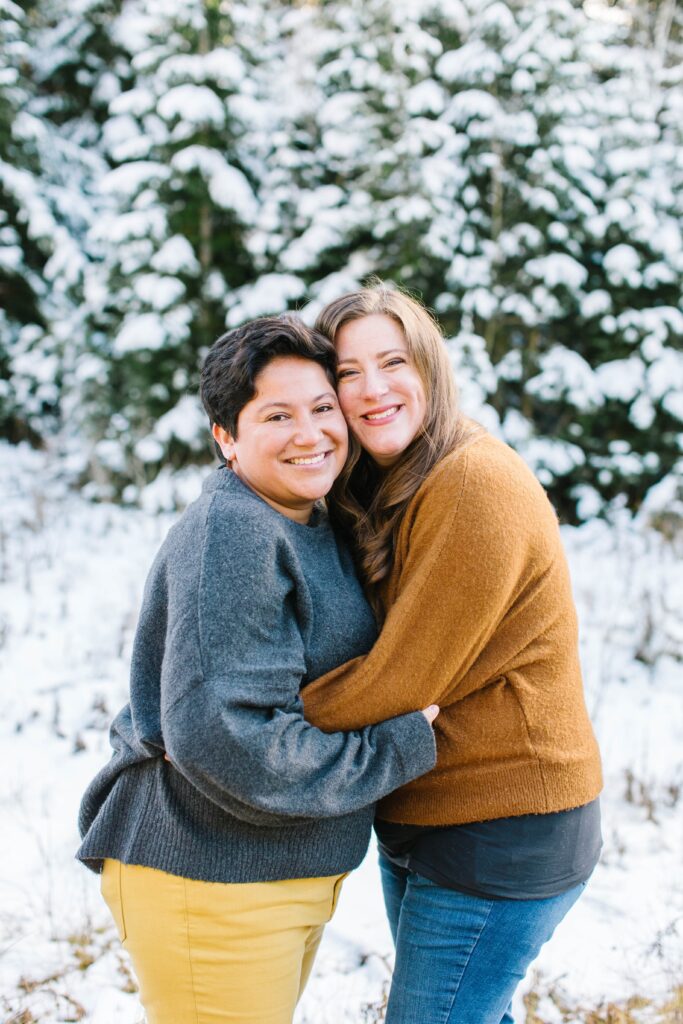Navigating kink, sexual diversity, and fetish can be challenging in any relationship. For queer couples, it could be particularly challenging if we’ve experienced trauma related to our sexual and gender identity. Most of us will grow up without comprehensive sexual education and healthy models of queer relationships, complicating how we see ourselves and get our needs met in relationships. Without a secure space to discuss and explore our dynamic sexualities, we may self-isolate, leaving parts of ourselves back in the closet.
Before we deepen our exploration of kink, let’s tackle some definitions. Kinks are consensual sexual acts, interests, fantasies, and behaviors outside cultural and social conventions for sexual arousal and intimacy. Fetishes are interests in body parts and sexual or nonsexual objects that must be present in sexual situations to achieve sexual satisfaction. BDSM, an umbrella term (under ‘kink’), refers to sexual interests in bondage and discipline, domination and submission, and sadism and masochism. What constitutes BDSM ranges from mild to wild. It could mean slaps on the buttocks, nights locked in the dungeon, and everything in between. Queer folks of all sexual and gender expressions, races, socioeconomic statuses, abilities, ages, and body types engage in BDSM.
What is considered “unconventional” is socially constructed. If we come from industrialized, Judeo-Christian societies, religious codes primarily construct these conventions. In many cultures, being queer is unconventional enough, ascribing us and our sexual interests, whatever they may be, to an immoral category. Living under the weight of these social constraints and unrelenting standards can deepen our sense of shame for what our turn-ons do for us sexually. If who we are is “wrong,” what does that say about what turns us on?

As a couples therapist at GayCouplesTherapy.com working towards AASECT Certification in Sex Therapy (CST), I see queer folks struggling to integrate kinks into their relationships all the time. I undergo extensive training and supervision to understand the barriers to care queer clients face when discussing their sexualities. Clients often anticipate judgment and criticism from their therapist (for good reasons; several kinky behaviors and interests are categorized with conditions as Paraphilic Disorders in the DSM-5, the holy bible of mental health diagnoses). They may fear that their therapist is incompetent and unversed in the world of kink and, therefore, will pathologize them. My job as a relationship therapist is to co-construct and maintain a consistent space where clients can express their sexually-diverse experiences. I do this through explicit consent, frequent check-ins with clients during sessions, initiating discussions on sexuality, and managing my countertransference (or biases, judgments, criticisms) through multi-year training and clinical supervision/consultations with kink-friendly therapists.

Sharing with our partners our sexual interests anywhere on the spectrum of sexual options can open us up to our deepest fears: rejection, abandonment, and neglect. To get our sexual needs met and our desires – and to meet our partners’ sexual needs and desires – requires much vulnerability. Sex and couples therapy helps couples cultivate a space where partners can express their full sexual diversity.
I work to help couples at Loving at Your Best using psychoeducation, identifying sexual interests, practicing nonjudgemental communication, and learning new behavioral techniques to create a sex life that works for them in their lives and relationships.








